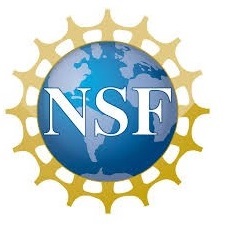Manu Manu, Ph.D., Associate Professor
Project: Non-additive control of gene expression by long-range interactions between multiple regulatory elements
Mentor: Manu Manu, Ph.D., Associate Professor
Location: Department of Biology, Starcher Hall
Description: The differentiation of cells during development relies on the fine control of gene expression by DNA sequences called enhancers. In metazoans, most well-studied cell-fate genes are known to be regulated by multiple enhancers, with some loci having as many as 20. Classical enhancers have long been regarded as acting independently - additively - in a distance independent manner. Recent quantitative experiments with loci having multiple enhancers, however, do not support the classical assumptions and reveal non-additive behavior. This implies that the cis-regulatory architecture of developmental genes is not modular but functions as an interconnected system. The rules and molecular mechanisms by which enhancers influence each other's activities are not known.
Projects in our lab test the hypothesis that enhancers interfere with each other over long distances by modifying 3D chromatin conformation - looping interactions - or chromatin accessibility to produce nonlinear or non-additive responses. The studies will culminate in the development of a new class of "whole locus" mathematical models of gene regulation that incorporate 3D chromatin conformation to simulate the regulation of genes by multiple enhancers. These projects investigate interference between multiple co-expressed Cebpa enhancers uncovered recently by our lab. Aim 1 will utilize a synthetic biology approach to measure the response of a gene regulated by two enhancers as a function of their strengths. Aim 2 will utilize 3C techniques and ATAC-seq to test the hypothesis that enhancers interfere with the function of other enhancers by modifying the 3D chromatin conformation or accessibility of the locus. Aim 3 will integrate looping interactions into sequence-based models of gene regulation to develop a new class of models capable of predicting the gene expression of complex multi-enhancer loci.

